Alirio Díaz
Valses Del Pueblo Venezolano
1980
Tracks:
Side A
01- El Bejuquero (Anónimo)
02- El Ausente (Anónimo)
03- Flor Del Campo (Anónimo)
04- Siempre Invicto (Sebastian Díaz Peña)
05- Quejas (Paz Abreu)
06- El Diablo Suelto (Heraclio Hernández)
07- Las Bellas Noches De Maiquetia (Pedro A. Aponte)
08- Venezuela y Colombia (Pedro Oropeza)
Side B
01- El Gallo (Pedro Manuel Torres)
02- Aires de Mochima (Romón Calzadilla)
03- Pasillaneando (José La Riva)
04- Visión Porteña (Pedro Pablo Caldera)
05- Juliana (Lionel Belasco)
06- Conticinio (Laudeliano Mejias)
07- Sombra En Los Medanos (Rafael Sánchez López)
Guitar: Alirio Díaz
♫☆`*♥¸¸.•*¨*•♫☆`*♥¸¸.•*¨*•☆♫
.ღ•:*´♥`*:•ღ.
♫☆`*♥¸¸.•*¨*•☆♫`*♥¸¸.•*¨*•☆♫
Alirio Díaz (Guitar)
Born: November 12, 1923 - Caserio La Candelaria, Venezuela
The Venezuelan guitarist, Alirio Díaz, the eighth of eleven children, was born in Caserio La Candelaria, a small village near Carora in western Venezuela. From childhood he showed a great interest in music. He was taught to play the guitar by one of his uncles and from the age of ten he was capable of playing popular tunes with other amateur musicians. At the age of 15 he followed the famous cecilio Zubilaga to Trujillo, in the Venezuelan Andes, where he studied solfeggio and harmony. At age 16 he ran away from home to Carora, where he sought better schooling. He later went to Trujillo, and studied saxophone and clarinet under Laudelino Mejías while working as a typesetter in a newspaper. He also studied English and typewriting before going to Caracas in 1945 to study the guitar at the Escuela Superior de Musica José Ángel Lamas under Raul Borges.
In 1950 the Venezuelan Government awarded Alirio Díaz a scholarship to continue his guitar studies at the Conservatorio in Madrid, under Regino Sainz de la Maza. That same year he performed his first guitar concert in Europe. In 1951 he went to Siena (Italy), seeking to study with Andrés Segovia at the Accademy Chigiana. There he impressed Segovia greatly with his flawless technique and extensive repertoire. Three years later, he progressed to become the assistant and substitute to Segovia (until 1964), and started performing in some of the most prestigious concert halls of Europe.
From 1964, his brillant concertistic carrier begins in those years. With the Andrés Segovia's teachings, with the contacts with other important author, as Heitor Villa-Lobos, Lauro and others, with his virtuousity combined to a strong artistic sensibility, Alirio Diaz becomes one of the most famous guitar perfomers in the 20th century. He has concerts in many european nations, in Japan, in the USA, in Australia and he becomes citizen of the world.
In 1961, Spanish composer Joaquín Rodrigo's piece Invocación y Danza, dedicated to Alirio Díaz, won the First Prize at the Coupe International de Guitare, awarded by the Office de Radiodiffusion-Télévision Française (ORTF). In turn, Díaz obliged and the next year performed this very difficult solo piece. Due to its many complexities, this particular work is very seldom performed. This was the first of many compositions subsequently dedicated to Alirio Díaz.
Tireless divulger oflatin-american musical patrimony (Barrios, Lauro, Mangorè, Sojo, Cordero, Carreño and others), Alirio Díaz checks and several musics by Baroque authors as Scarlatti, Corbetta and V. Galilei, harmonizes popular South-American and napoletan songs giving them a new instrumental and interpretative dress and he records about thirty disks.
Alirio Díaz currently teaches in Rome and performs in concert with his son Senio. During the European winter, he usually returns to Venezuela to his native town, La Candelaria. Guest of honour in the greatest guitaristic shows, he partecipates in the Concorso Internazionale di Chitarra Classica di Alessandria since its first edition in 1968, conferring to it prestige and a big emphasis in the giutaristic world's panorama. For his artistic merits and for his human qualities he receives the freedom of Alessandria, great international recognitions and public assignments as cultural counseller at Foreign Office of Venezuela. For several years, a guitar contest named Concurso Internacional de Guitarra Alirio Díaz has been held in his honour in Caracas and other cities in Venezuela (the April 2006 contest was held in Carora), where he often makes appearances.
wiki
Venezuelan Waltz
Among the hall dances that arrived to Venezuela during the 19th century, waltz has been one of the most populars. Waltz consists of a musical expression derived from an Austrian popular dance, the ländler. Although an exact date cannot be defined about the arrival of the waltz to Venezuela, can be assured that for half-full of the 20th century it became present in the Venezuelan musical writing, registering scores in the New method for guitar and harp,
According to Luis Felipe Ramón y Rivera two currents in waltz exist, the hall and the popular waltz. At the hall waltz the favorite instrument for its execution is the piano. They emphasize names of Manuel Azpúrua, Manuel Guadalajara, Rafael Isaza, Rogelio Caraballo and Ramon Delgado Palacios at the beginning of this genre in Venezuela, that were dedicated to the composition of two parts waltzes. From this, composer Antonio Lauro, took an important waltz Literature for the saxophone.
The waltz of oral tradition (popular waltz) uses for its execution the own traditional instruments of each region, being cultivated fundamentally at the Andes and the center west of Venezuela. At the andean region, the violin and the bandola are the solo instruments, accompanied by guitar, triple and cuatro. Also in Lara is executed with: violin, mandolin, cuatro and guitar.
The musical structure characteristic of popular waltzes is of three parts. Even though some popular musicians have composed songs with their name, the majority has left their compositions in the anonymity. In the popular tradition we can find the waltz in many dances and folklorical manifestations, like in the joropo and Tamunangue.
wiki
source
♥
Valses Del Pueblo Venezolano
1980
Tracks:
Side A
01- El Bejuquero (Anónimo)
02- El Ausente (Anónimo)
03- Flor Del Campo (Anónimo)
04- Siempre Invicto (Sebastian Díaz Peña)
05- Quejas (Paz Abreu)
06- El Diablo Suelto (Heraclio Hernández)
07- Las Bellas Noches De Maiquetia (Pedro A. Aponte)
08- Venezuela y Colombia (Pedro Oropeza)
Side B
01- El Gallo (Pedro Manuel Torres)
02- Aires de Mochima (Romón Calzadilla)
03- Pasillaneando (José La Riva)
04- Visión Porteña (Pedro Pablo Caldera)
05- Juliana (Lionel Belasco)
06- Conticinio (Laudeliano Mejias)
07- Sombra En Los Medanos (Rafael Sánchez López)
Guitar: Alirio Díaz
♫☆`*♥¸¸.•*¨*•♫☆`*♥¸¸.•*¨*•☆♫
.ღ•:*´♥`*:•ღ.
♫☆`*♥¸¸.•*¨*•☆♫`*♥¸¸.•*¨*•☆♫
Alirio Díaz (Guitar)
Born: November 12, 1923 - Caserio La Candelaria, Venezuela
The Venezuelan guitarist, Alirio Díaz, the eighth of eleven children, was born in Caserio La Candelaria, a small village near Carora in western Venezuela. From childhood he showed a great interest in music. He was taught to play the guitar by one of his uncles and from the age of ten he was capable of playing popular tunes with other amateur musicians. At the age of 15 he followed the famous cecilio Zubilaga to Trujillo, in the Venezuelan Andes, where he studied solfeggio and harmony. At age 16 he ran away from home to Carora, where he sought better schooling. He later went to Trujillo, and studied saxophone and clarinet under Laudelino Mejías while working as a typesetter in a newspaper. He also studied English and typewriting before going to Caracas in 1945 to study the guitar at the Escuela Superior de Musica José Ángel Lamas under Raul Borges.
In 1950 the Venezuelan Government awarded Alirio Díaz a scholarship to continue his guitar studies at the Conservatorio in Madrid, under Regino Sainz de la Maza. That same year he performed his first guitar concert in Europe. In 1951 he went to Siena (Italy), seeking to study with Andrés Segovia at the Accademy Chigiana. There he impressed Segovia greatly with his flawless technique and extensive repertoire. Three years later, he progressed to become the assistant and substitute to Segovia (until 1964), and started performing in some of the most prestigious concert halls of Europe.
From 1964, his brillant concertistic carrier begins in those years. With the Andrés Segovia's teachings, with the contacts with other important author, as Heitor Villa-Lobos, Lauro and others, with his virtuousity combined to a strong artistic sensibility, Alirio Diaz becomes one of the most famous guitar perfomers in the 20th century. He has concerts in many european nations, in Japan, in the USA, in Australia and he becomes citizen of the world.
In 1961, Spanish composer Joaquín Rodrigo's piece Invocación y Danza, dedicated to Alirio Díaz, won the First Prize at the Coupe International de Guitare, awarded by the Office de Radiodiffusion-Télévision Française (ORTF). In turn, Díaz obliged and the next year performed this very difficult solo piece. Due to its many complexities, this particular work is very seldom performed. This was the first of many compositions subsequently dedicated to Alirio Díaz.
Tireless divulger oflatin-american musical patrimony (Barrios, Lauro, Mangorè, Sojo, Cordero, Carreño and others), Alirio Díaz checks and several musics by Baroque authors as Scarlatti, Corbetta and V. Galilei, harmonizes popular South-American and napoletan songs giving them a new instrumental and interpretative dress and he records about thirty disks.
Alirio Díaz currently teaches in Rome and performs in concert with his son Senio. During the European winter, he usually returns to Venezuela to his native town, La Candelaria. Guest of honour in the greatest guitaristic shows, he partecipates in the Concorso Internazionale di Chitarra Classica di Alessandria since its first edition in 1968, conferring to it prestige and a big emphasis in the giutaristic world's panorama. For his artistic merits and for his human qualities he receives the freedom of Alessandria, great international recognitions and public assignments as cultural counseller at Foreign Office of Venezuela. For several years, a guitar contest named Concurso Internacional de Guitarra Alirio Díaz has been held in his honour in Caracas and other cities in Venezuela (the April 2006 contest was held in Carora), where he often makes appearances.
wiki
Venezuelan Waltz
Among the hall dances that arrived to Venezuela during the 19th century, waltz has been one of the most populars. Waltz consists of a musical expression derived from an Austrian popular dance, the ländler. Although an exact date cannot be defined about the arrival of the waltz to Venezuela, can be assured that for half-full of the 20th century it became present in the Venezuelan musical writing, registering scores in the New method for guitar and harp,
According to Luis Felipe Ramón y Rivera two currents in waltz exist, the hall and the popular waltz. At the hall waltz the favorite instrument for its execution is the piano. They emphasize names of Manuel Azpúrua, Manuel Guadalajara, Rafael Isaza, Rogelio Caraballo and Ramon Delgado Palacios at the beginning of this genre in Venezuela, that were dedicated to the composition of two parts waltzes. From this, composer Antonio Lauro, took an important waltz Literature for the saxophone.
The waltz of oral tradition (popular waltz) uses for its execution the own traditional instruments of each region, being cultivated fundamentally at the Andes and the center west of Venezuela. At the andean region, the violin and the bandola are the solo instruments, accompanied by guitar, triple and cuatro. Also in Lara is executed with: violin, mandolin, cuatro and guitar.
The musical structure characteristic of popular waltzes is of three parts. Even though some popular musicians have composed songs with their name, the majority has left their compositions in the anonymity. In the popular tradition we can find the waltz in many dances and folklorical manifestations, like in the joropo and Tamunangue.
wiki
source
♥



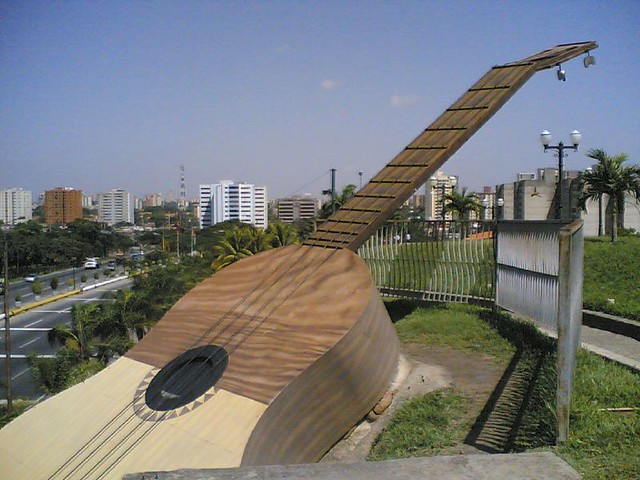







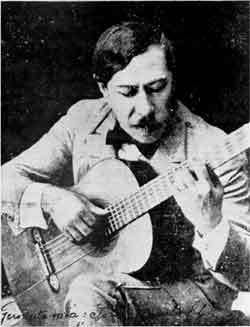
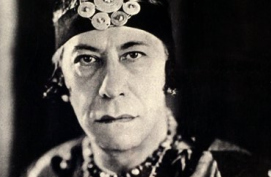








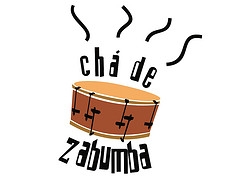


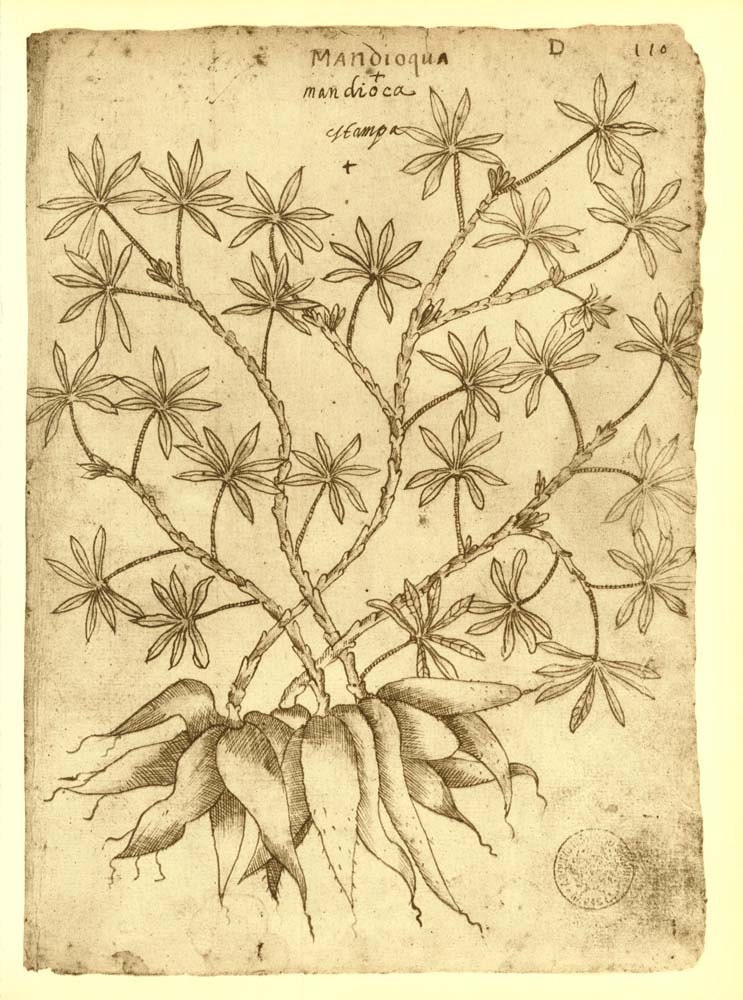





















































+Front.jpg)

















